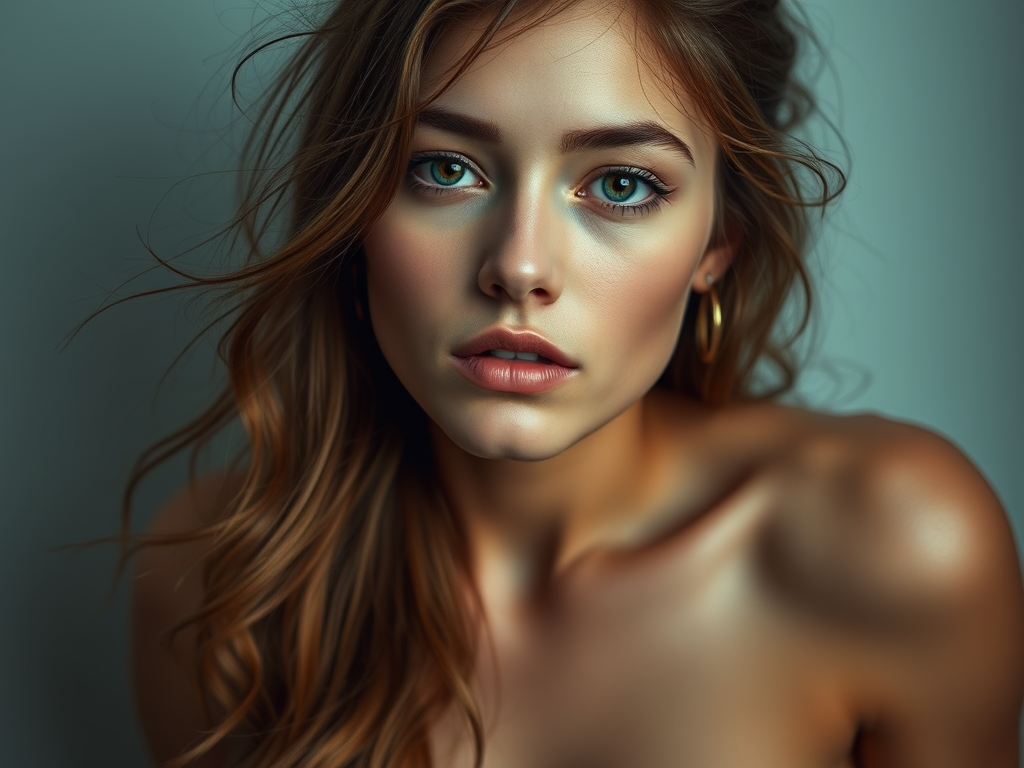The rise of artificial intelligence is transforming numerous fields, including art and media. One of the more controversial developments in this domain is deep nude technology, which pushes the boundaries of creative expression while stirring important ethical debates. As software capable of generating hyper-realistic images of human bodies becomes more accessible, its implications for society grow increasingly complex. This article dissects the mechanics of deep nude technology, its promise for artistic innovation, and the multitude of ethical concerns it raises. Ultimately, it emphasizes the necessity for responsible usage standards in a rapidly evolving digital landscape. This balance between creativity and ethics is essential, as it has the potential to shape our cultural narratives.
Understanding Deep Nude Technology

Deep nude technology represents a fascinating intersection of artificial intelligence and digital art. By leveraging sophisticated AI algorithms, it can create images that are often indistinguishable from real photographs. These systems primarily employ deep learning techniques, enabling them to learn from vast datasets of human images to generate new, original content. The process involves identifying and understanding various body shapes, movements, and textures, allowing for an impressive level of detail in the final outputs.
While the technology offers exciting possibilities, understanding its foundational mechanics is crucial. Many artists and creators may be unfamiliar with the intricacies of AI, and this knowledge gap could lead to misuse or misinterpretation.
- AI and Machine Learning: At the core of deep nude technology lies AI, specifically neural networks that process complex data patterns.
- Image Generation: These networks learn from a plethora of images, generating new visuals through predictive modeling.
- Comparison to Traditional Art: Unlike conventional digital art techniques, deep nude technology automates the creation process, removing some of the human touch.
Artistic Innovation and Creative Expression

As deep nude technology continues to evolve, it opens new avenues for artists and creators. The methodology harnesses the power of AI to revolutionize how art is conceived and produced, often leading to collaborative works that fuse tech with human creativity. This unique blend allows for an expansive exploration of artistic ideas, leading to innovative expressions and engagements. Numerous projects have emerged, showcasing the potential for artistic development that intertwines human insight with AI’s vast capabilities.
However, while it expands artistic horizons, deep nude technology also requires a nuanced understanding of its implications. Artists are encouraged to foster dialogues around the intersections of art, ethics, and AI, ensuring that their work contributes positively to societal discussions.
Today, the role of AI in modern art has garnered significant attention. Artists are exploring deep nude technology to create pieces that challenge traditional norms, bridging the gap between digital and physical art. Below are a few notable applications:
- Digital Installations: Interactive exhibits incorporating deep nude images that provoke thought and discussion.
- Advertising Campaigns: Using AI-generated images to attract attention and create buzz in innovative ways.
- Film and Animation: Leveraging the technology for special effects, storytelling, and character design in cinematic productions.
| Application | Description |
|---|---|
| Digital Installations | Art pieces that interact with audiences, showcasing AI-generated visuals. |
| Advertising | Creative marketing strategies integrating deep nude technology for captivating visuals. |
| Film and Animation | Utilizing deep nude images for realistic animations and effects. |
Ethical Concerns and Implications
While deep nude technology undoubtedly offers innovative artistic possibilities, it also brings forth significant ethical issues that cannot be ignored. As with many technological advancements, the risk of misuse presents a profound concern. Without proper guidelines and ethical frameworks, this technology could easily become a tool for exploitation, misrepresentation, or harmful portrayals. One of the most pressing issues revolves around privacy and consent.
In its essence, deep nude technology raises questions about the very nature of identity and representation. The ability to create realistic depictions of individuals, even those who have not consented, can lead to severe ramifications for personal privacy and societal norms. Creators must navigate this landscape carefully, ensuring that the technology is used sensibly and ethically.
- User Consent: Understanding the importance of obtaining permission when creating digital representations of individuals.
- Risks of Misuse: Possible scenarios where deep nude technology could be harnessed unethically to harm or compromise individuals.
Navigating the Ethical Landscape
Nevertheless, it is essential for artists and technologists alike to establish a responsible framework governing the use of deep nude technology. By putting in place best practices, they can encourage creative explorations while safeguarding ethical standards. The development of such frameworks often includes collaboration among stakeholders in the tech, artistic, and legal communities.
Ultimately, the key to navigating the complexities of deep nude technology lies in promoting responsible and conscious use. The creativity it fuels should reflect broader societal values, tapping into cultural narratives while prioritizing respect and integrity.
Conclusion
As deep nude technology continues to advance, the dialogue surrounding its potential and pitfalls must also evolve. Bridging the gap between groundbreaking artistic innovation and essential ethical standards is no small task. It requires the collaboration of various parties—including artists, technologists, and ethicists—to create a responsible approach to utilizing this powerful tool. By engaging with these discussions, the art community can ensure that they are contributing to a future that honors creativity without sacrificing ethical principles. Moving forward, striking a balance will be crucial in determining how deep nude technology is perceived and utilized in the artistic realm.
Frequently Asked Questions
- What is deep nude technology?
Deep nude technology is a form of AI that generates hyper-realistic images of human bodies based on input data. - What are the artistic applications of deep nude technology?
It can be used to revolutionize digital art, animated films, and creative advertising, allowing for greater creative freedom and expression. - What ethical concerns are associated with deep nude technology?
Key concerns include privacy and consent violations, potential misuse for harm, and effects on societal perceptions of body image. - How can artists use this technology responsibly?
Artists can adhere to ethical guidelines, obtain necessary permissions, and maintain transparency in their work to ensure responsible usage. - Are there any legal implications surrounding deep nude technology?
Yes, there are ongoing discussions about copyright, intellectual property rights, and the need for regulations to govern AI-generated content.




